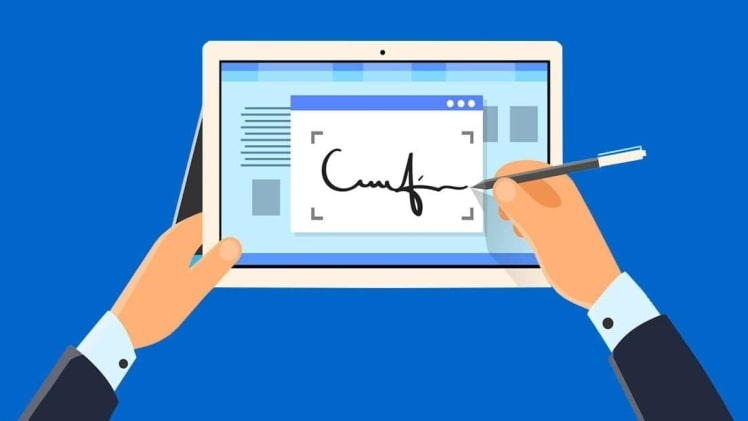As we are moving further in the 21st century, everything that we do is now being supplemented by technology and automation.
Among the countless miracles that we have been bestowed with currently, e-signatures top the list.
With the introduction of electronic signature in the new-age business and education sectors, the workflow has been simplified. Paperwork has been minimized, consequently saving time and energy for employee benefits and students. These are just gross benefits of e-signatures. Read further to know more additional details.
Uses Of E-Signatures
Electronic signatures are an individual’s signature or unique symbols linked to a digital document. These are recognized legally and are equivalent to signatures done via the pen as proof of consent and identity in traditional format. Following are their uses in business and education fields.
1. Economical and labor-saving
Gone are the days of inked manuscripts and legal papers. Every document that comes into origin today is first written via keyboard with the proper field for signatures and other subsidiaries. E-signatures bypass the work of printing the documents, arranging them in order, faxing or couriering them, and waiting for the return.
You can just email the documents to the related professional, and they can do their e-signatures via a mouse click on all the pages. Various automated software ensures that all mandatory fields are filled without a miss. Therefore, deals that may take weeks are executed within minutes.
For students, these help in boosting productivity, reducing travel, and saving time, especially for those who are living far from home and require their guardian or parent’s signatures on an urgent basis.
2. Eco-friendly
Companies are always on the lookout for maintaining their green streak to achieve their CSR goals. One of the simplest additions to this is the conversion from numerous paperwork to digital files.
This will prevent nearly 14% deforestation done annually to produce the amount of paper that the world requires.
This transformation not only helps in reducing the piles of files but reduces the logistic need of passing the person from one person to another, power consumption required to print them, and last but not least, the immeasurable human effort involved in the process.
3. Organized application submissions
College applications are the central part of the procedure of admissions. With electronic signatures as the validation proofs, the process becomes less cumbersome and more streamlined. It minimizes the hassle involved in a traditional pen and paper application which requires a physical visit to the campus.
Electronic signatures hold even more relevance in the current pandemic times when schools and colleges have been closed for long and in-person visits are not possible due to COVID regulations.
Conclusions
Electronic signatures escalate the usual administrative, government, legal, and corporate work. They have been legalized by the government of the United States by the legendary ESIGN act that equated it to the traditional ink signatures in court trials.
Thus, do not lag on work waiting for a physical signature from your client, administrative officers, or government officials. Go fast, go digital.

